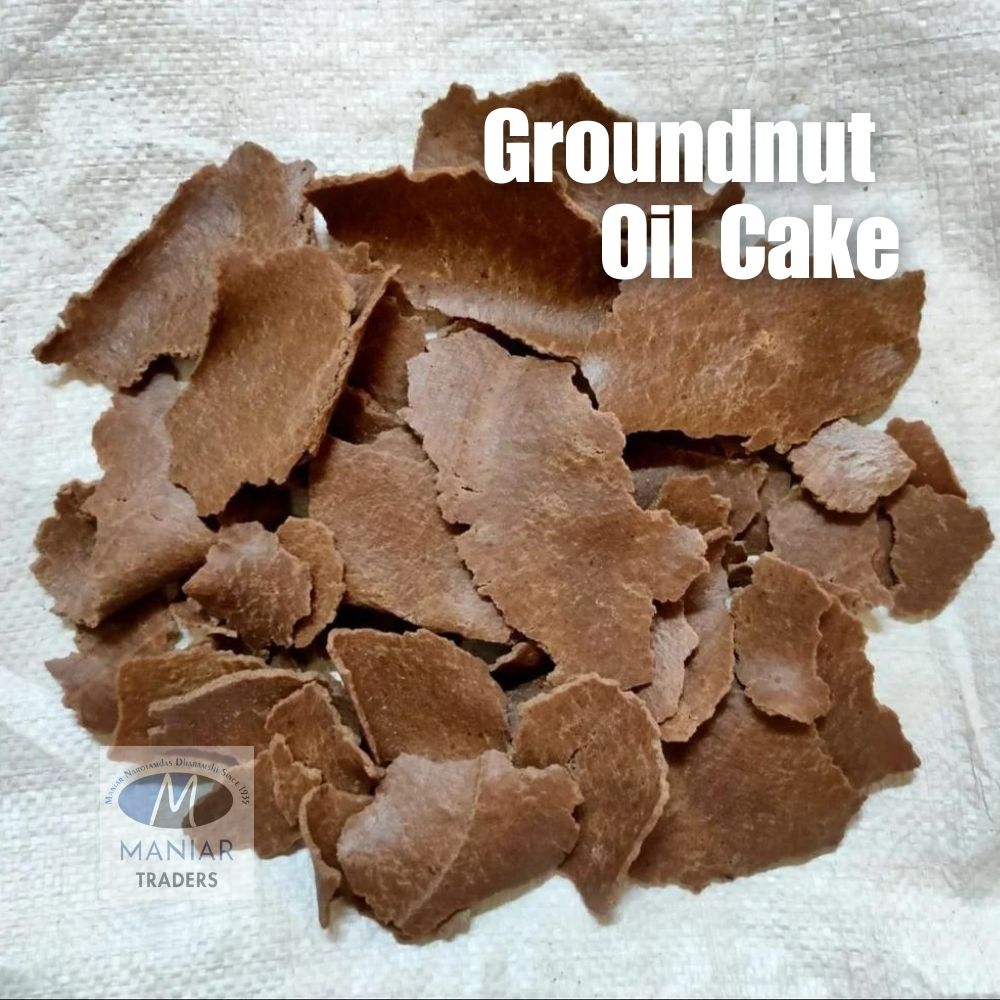Groundnut De-oiled Cake (DOC), also known as Peanut Meal or Groundnut Oil Cake, is a by-product obtained after the extraction of oil from groundnuts (peanuts). It is a valuable source of protein and is widely used in animal feed and as a fertilizer. Here are some key points about groundnut de-oiled cake:
Production Process
- Oil Extraction: Groundnuts are pressed to extract oil. This can be done through mechanical pressing or solvent extraction.
- De-oiling: The remaining cake after oil extraction contains residual oil. To produce de-oiled cake, further extraction is done to remove most of the remaining oil.
- Processing: The de-oiled cake is then ground into a fine meal and may be further processed or treated depending on its end use.
Nutritional Content
Groundnut de-oiled cake is rich in protein, making it an excellent ingredient for animal feed. The typical nutritional composition includes:
- Protein: 40-50%
- Fat: Less than 1%
- Fiber: 5-7%
- Moisture: 10-12%
- Ash: 5-7%
Uses
- Animal Feed: It is commonly used in feed for cattle, poultry, and swine due to its high protein content. It can be a cost-effective alternative to other protein sources.
- Fertilizer: Due to its nutrient content, groundnut de-oiled cake is used as an organic fertilizer in agriculture. It improves soil fertility and promotes plant growth.
- Aquaculture: It is also used in the aquaculture industry as a component of fish feed.
Benefits
- Cost-effective: Provides a high-protein feed option at a lower cost compared to other protein sources.
- Nutrient-rich: Enhances the nutritional value of animal feed and soil.
- Sustainable: Utilizes a by-product of the oil extraction process, reducing waste.
